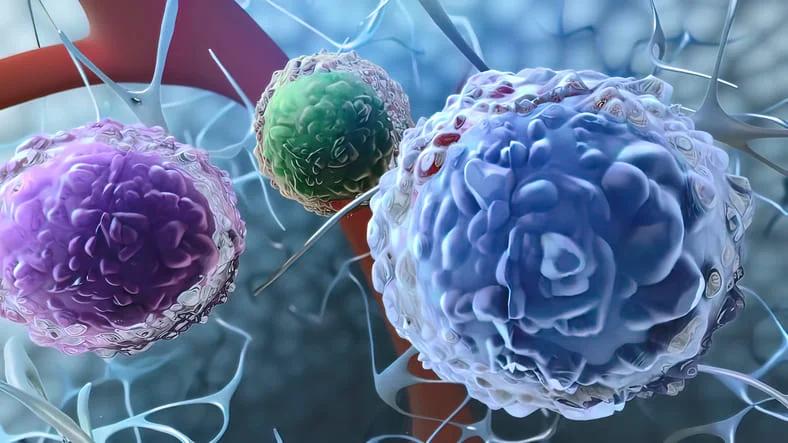KEY TAKEAWAYS
- The study aimed to assess the ability of radiomics combined with ML methods to differentiate PIL from CD.
- Researchers constructed an effective PIL vs. CD differential diagnostic model using clinical and radiologic data.
Differential diagnosis of primary intestinal lymphoma (PIL) and Crohn’s disease (CD) is a very challenging task due to their similar clinical manifestations and imaging signs.
Meng-Jun Xiao and the team aimed to investigate the ability of radiomics combined with machine learning (ML) methods to differentiate PIL from CD.
They collected contrast-enhanced computed tomography (CECT) and clinical data from 120 patients (pts) from center 1. About 944 features were extracted from single-phase images of CECT scans for this analysis. Using the least absolute shrinkage and selection operator model the screening of the best predictive radiographic features and clinical indications was performed.
Data from 54 pts were collected at center 2 as an external validation set to verify the model’s robustness. The area under the receiver operating characteristic curve, accuracy, sensitivity, and specificity were used as criteria for evaluation.
Results indicated that 5 machine-learning models were built to distinguish PIL from CD. Based on the results from the test group, most models performed well with a large area under the curve (AUC) (> 0.850) and high accuracy (> 0.900). The combined clinical and radiomics model (AUC = 1.000, accuracy = 1.000) was the best model among all models.
The study concluded that using ML, a model capable of effective differential diagnosis of PIL and CD was constructed by combining clinical data with radiologic features.
The study was funded by the Key Technology Research and Development Program of Shandong Province, China, No. 2021SFGC0104.
Source: https://pubmed.ncbi.nlm.nih.gov/39006389/
Xiao MJ, Pan YT, Tan JH, et al. (2024). “Computed tomography-based radiomics combined with machine learning allows differentiation between primary intestinal lymphoma and Crohn’s disease.” World J Gastroenterol. 2024 Jul 7;30(25):3155-3165. doi: 10.3748/wjg.v30.i25.3155. PMID: 39006389; PMCID: PMC11238674.



